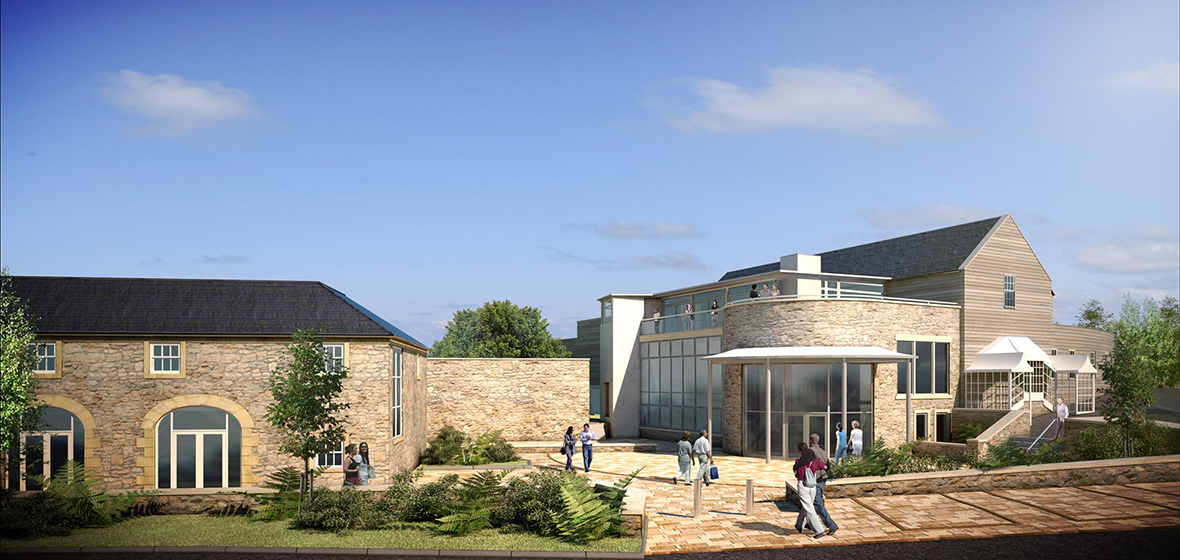
Rosehill Theatre

Rosehill Theatre
Kick-starting fundraising – followed by ongoing support – to save a unique rural theatre… or, in the client’s words, “open-heart feasibility study”!
Client
Rosehill stands remote on the Cumbrian hills, looking out over the sea to Scotland. The perfect little silk-lined theatre was opened in 1959… but by 2008 was in such a bad state of repair that survival seemed unlikely.
Brief
To find out whether it was realistic to fundraise for the £2.7 million redevelopment plan… and to start raising the funds, whether realistic or not.
Project dates
2010 to the present, with Phase 1 of reconstruction due to finish in 2017.
Richard Elder, Director says:
“We had no reserves, no current major benefactors, no track record with foundations. But we did have a £2.7 million redevelopment plan.
“I had just arrived from English National Opera, so I understood fundraising, but I was so busy upgrading the programming to performances that would bring in arts money that I didn’t have time to go out looking for donors. Nor did I have the budget for a full-time fundraiser.
“Then I found Rachel and a perfect partnership between Rosehill and More Partnership was formed. Together, we defied the odds, thanks largely to Rachel helping us make a case, which didn’t just tick boxes but won hearts and minds. She and we proved that a small theatre far from London can raise big money. And the extraordinary thing is that most of it hasn’t come from traditional sources like Arts Council England or the Heritage Lottery Fund but from local funders and some enlightened national trusts.
“In fact, when our anticipated Arts Council capital grant fell through and we had to restructure the project, our local donors kept the faith. The overall proportion of local funding increased massively – which puts us in a much stronger position to keep the support of our community, once the theatre reopens.”
What happened next
“To me it was a feasibility study until the builders arrived,” continues Richard. “And after they’re gone, the real-time feasibility study continues – for the million-pound-plus Phase 2. Rachel is still on board. And now we’re looking at social investment and community enterprise alongside philanthropic support.”